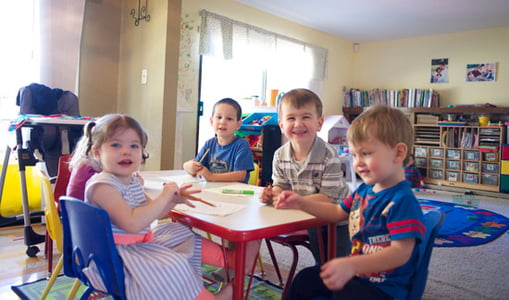
My last blog post kicked off a series of posts about how to use the CLASS™ measure in family child care (FCC) settings. From research, discussion with, and observations of FCC providers, we’ve identified four basic challenges to observers who are more familiar with center-based care.
FCC Challenge #1: Coding Across Multiple Age Levels
FCC homes include children across multiple age levels, anywhere from birth to age five, and often including school-aged children in wraparound care—care for children before and after school and days when school is not in session. The CLASS observation tool has specific measures for each of those ages: Infant (birth–18 months); Toddler (15–36 months); and Pre-K (3–5 years). When we see multiple age groups in a single setting, the question becomes: “Which tool should I use?"
Here are a few recommendations:
- Choose a single age level and use it across all settings. This may be the simplest option, but it doesn’t account for all age levels.
- Use the age level that corresponds to the majority of the children in the setting. Observers need to be trained across age levels and be prepared to use whichever age level is most appropriate; however, with inconsistent enrollment and small numbers of children, this may not capture the information the observer is trying to capture.
- Alternate between two age levels. Observers should be trained across age levels and then do alternating cycles aiming for at least three cycles per age group.
Based on my experience using the CLASS in FCCs, I would adhere to this last recommendation. This is particularly helpful as there is some data to show us that there can be variation in terms of effectiveness for different ages. The other benefit is that the cycle chosen can be adjusted based on the age levels represented., to capture the experience of each age group. Use of different age levels through several cycles, helps to gather enough data to see the level of interactions in the setting.
